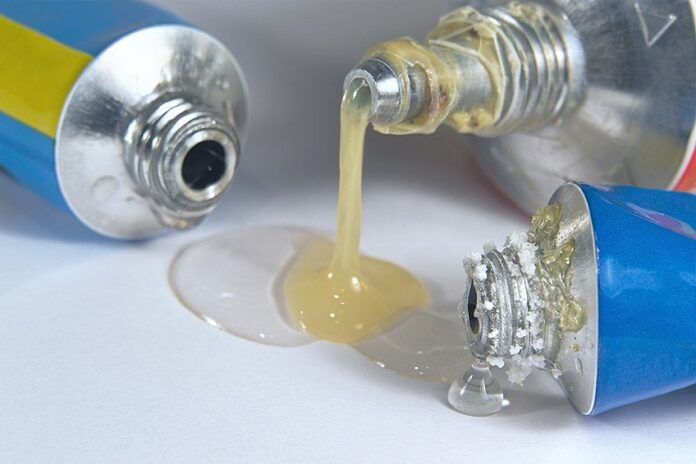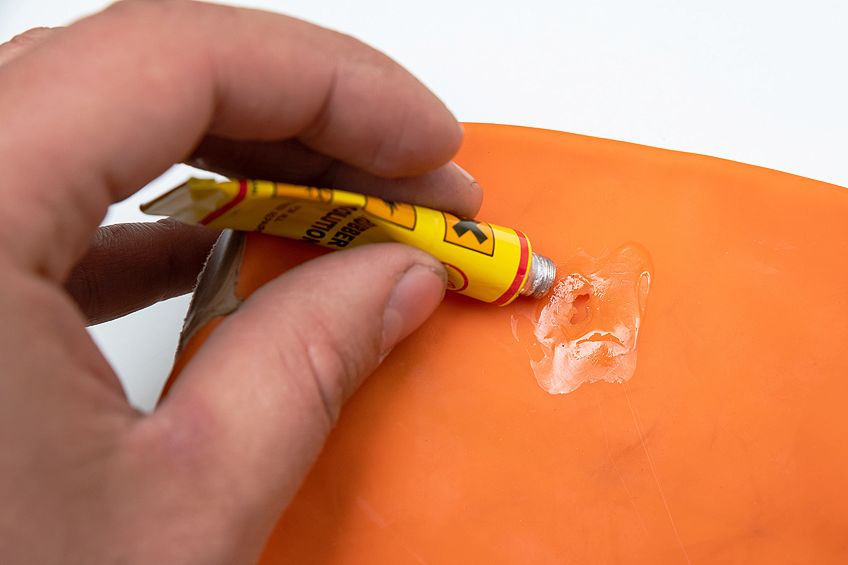The need to glue a rubber part to rubber or metal is very common when repairing cars, factories and households.
High degree of material adhesion, thermal resistance, resistance to shear and stress, water resistance are expected from the glue.
When choosing an adhesive there are often exaggerated expectations – put it on, connect it and that’s it. In reality, the choice of glue is not the most important part – the preparation of the surface, here is the key to quality bonding with rubber.
How and what to glue rubber with rubber
For the repair of rubber products it is preferable not to use universal means, but glue for rubber. Technologies for the production of special adhesives are developed taking into account the properties of the surfaces to be glued.
Means for bonding rubber are classified:
Compound with natural rubber;Composition with synthetic rubber.Innovative technologiesChoosing the best adhesive for rubber
Natural rubber has lower heat resistance and resistance to external factors, and its area of application is limited. That is why adhesives based on synthetic rubbers have been developed. They all have common and individual characteristics.
Any good rubber glue must have the following properties:
– water resistance;- strength;- elasticity;- resistance to aggressive substances;- resistance to frost and heat.
How to glue rubber to rubber
Roughen the rubber surfaces, a sandpaper is good for this.Degrease well with a solvent like acetone. Allow the rubber to dry for about 15 minutes.Apply the first layer of adhesive – a thin even layer on both parts, let it dry slightly – up to 15 minutes on average.4. Apply the second layer of glue, wait about 10 minutes.5. Connect the parts (squeeze firmly for 30-60 seconds), you can use a press. Leave the rubber to adhere according to the manufacturer’s recommendations.



















